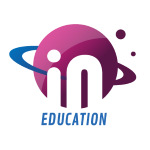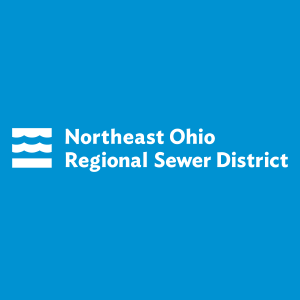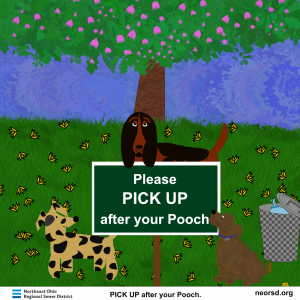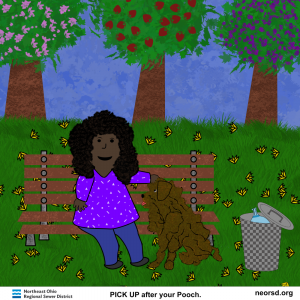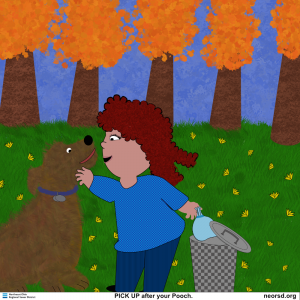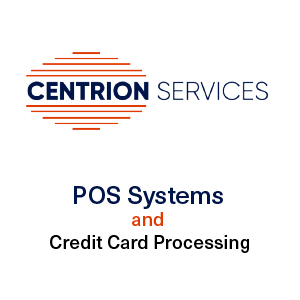In schools throughout the country, many educators are trying to find ways to adjust their pedagogical practices in a way that addresses all of their students’ needs in an equitable manner. To do this, teachers have to find ways to gauge and understand the way that each of their students learn as a means to produce modes of instruction that address those needs.
But how can teachers really get a comprehensive understanding of how their children learn?
One way to better understand students is with personality tests. Not the for-fun tests you take on Facebook to see what TV character or ice cream flavor you’re most like. But more, tests like the Myers-Briggs Personality Test, that uses a comprehensive list of questions weighted with different metrics to produce results. While there are other personality tests of this caliber, I’m only going to talk about the Myers-Briggs Personality Test in order to get a general idea of comprehensive personality tests.
However, I’m not saying this test reigns supreme.
The Myers-Briggs Personality Test is broken into four attribute spectrums:
- Introversion/Extraversion
- Intuition/Sensing
- Feeling/Thinking
- Judging/Perceiving
For a fuller description each of the attributes and the test itself, click here.
Basically, the test asks a series of yes or no questions that assess how you react in certain casual situations. For instance, “what is your comfort in crowds or what is your working style?”
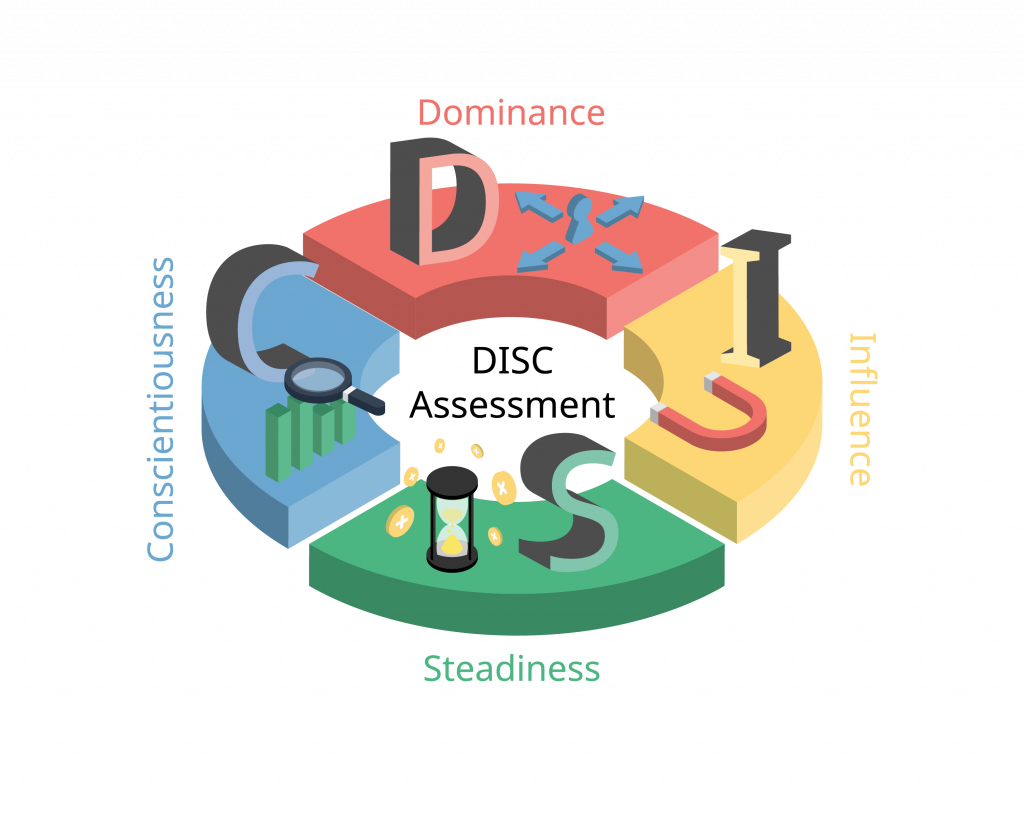
While this may at glance seem trivial, addressing key components of personalities could help everyone to some degree, better understand the way they and others process information. This understanding could help address students’ needs, even in the youngest pupils.
According to child psychology, the average person’s personality is mostly developed by the age of five (read more about that here). Therefore, personalities are mostly developed by the time most people begin their educational careers in preschool and kindergarten. If children start their academic careers with a large portion of their personality developed, personality typing, even at an early stage, can give teachers a more holistic view of their students.
However, could using data from personality tests really help educators better understand how students learn? Or as education has experienced, would it just be a standardized way to place students into learning categories such as “gifted and talented” groupings? Would introverts be seen as the new “gifted and talented” group as stereotypically, many intellectuals are pegged? Or would they be seen as quieter and keeping more to themselves?

Consequently, as many teachers know, quiet students may be more of an indicator of misunderstanding or not understanding the material at all as opposed to excelling. Conversely, students labeled as “class clowns” can have accelerated understanding across all subject matters.
Personality types, even in its most idealistic, theoretical mode of application to schools, could still pose many issues if people decide that the typing is rigid; or if people don’t fully understand the fluidity of the different attributes. As in the example above, no one quality determines a person’s level of intelligence, but understanding people’s personalities can help teachers convey information to students in the way that speaks the most to them.
Because in essence, our personalities are the way we process information and decide to interact with the world.
Originally published on the Zealousness blog in 2017. Revised and updated 2022.
Read more articles on Zealousness blog on personal development and self-actualization Personal Development – iN Education Inc. (ineducationonline.org)
Sources:
- Personality Type Explained.” n.d. humanmet“rics.com. http://www.humanmetrics.com/cgi-win/jungtype.htm.
- “Personality May Be Set by Preschool.” n.d. NBC News. Accessed October 14, 2022. https://www.nbcnews.com/health/health-news/personality-may-be-set-preschool-flna1C9462964.
Additional resources:
“The Enneagram Personality Test.” 2019. Truity. November 9, 2019. https://www.truity.com/test/enneagram-personality-test.
